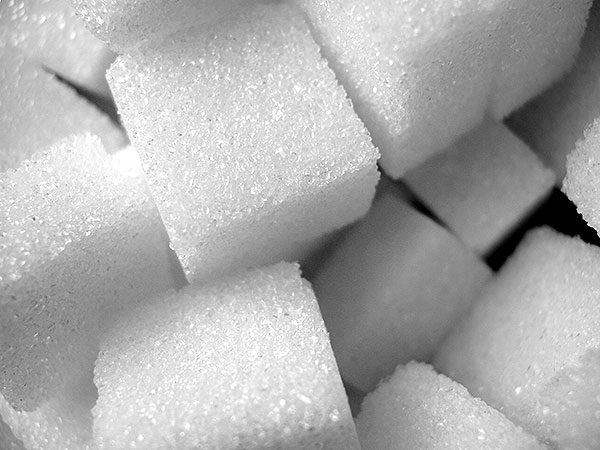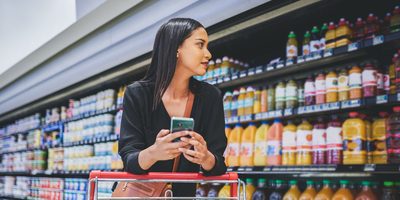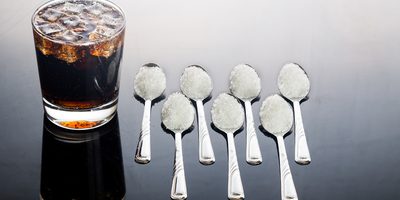
Australians eating too much sugar, new survey confirms
One in two Australians are eating more sugar than recommended, according to new data from the Australian Bureau of Statistics.
The Australian Health Survey: Consumption of added sugars, examined how much “free sugars” Australians consumed in 2011-12, which include the added sugars from food and beverage processing and preparation as well as honey.
It found that the largest consumers of free sugars were boys aged 14-18 with 10 per cent taking in 38 teaspoons each day.
The George Institute for Global Health’s Alexandra Jones said: “These results confirm Australians are eating too much added sugar, which we know is a key contributor to obesity, diabetes and dental caries. The results also confirm that the majority of these sugars come from discretionary (‘junk’) food and drinks, particularly sugary drinks.
“Intake is particularly concerning among teens and young adults – teenage boys for example consume an average of 21 teaspoons. It is easy to see how these figures are reached when a single 600mL bottle of Coke contains 16 teaspoons of sugar.
Key findings included:
- In 2011-12, Australians consumed an average of 60 grams of free sugars per day (equivalent to 14 teaspoons of white sugar). The majority of free sugar intakes comes from added sugars with an average 52 grams (or 12 teaspoons), with 7 grams of free sugars coming from honey and fruit juice.
- Intakes of free sugars were highest among teenage males (aged 14-18 years), who consumed an average 92 grams per day. The top 10% of the 14-18 year old males were estimated to usually consume at least 160 grams (or 38 teaspoons) of free sugars per day.
- Just over half of all Australians aged 2 years and over exceeded the WHO recommendation to limit energy from free sugars to less than 10% of dietary energy. Children and teenagers were most likely to exceed the recommendation with almost three-quarters of 9-13 and 14-18 year olds usually consuming 10% or more of their dietary energy from free sugars.
- The majority (81%) of free sugars were consumed from the energy-dense, nutrient-poor ‘discretionary’ foods and beverages. Just over half (52%) of free sugars in the diet were consumed from beverages, with the leading beverages being soft drinks, electrolyte and energy drinks (19%), fruit and vegetable juices and drinks (13%) and cordial (4.9%). The leading foods were confectionary and cakes/muffins (each contributing 8.7%).
Ms Jones, a lawyer in the Food Policy Division, added: “Education is important, but there is much more we can do to create environments which support individuals to make healthier choices. A tax on sugary drinks, already operating in Mexico and recently proposed in the UK would be one way Australia could demonstrate leadership, as would be restricting the ubiquitous advertising of these products, particularly to children. Action to reduce portion sizes and to provide healthier foods in public institutions are others that could work together to have best impact.
“This is not complicated. There are no health benefits from sugary drinks, and the potential impact of reducing consumption could save thousands of lives and prevent heart attacks and stroke.”
It is estimated a 20 per cent tax on sugary drinks could reduce the number of new type 2 diabetes cases by around 800 per year, and generate $400 million in revenue each year.






